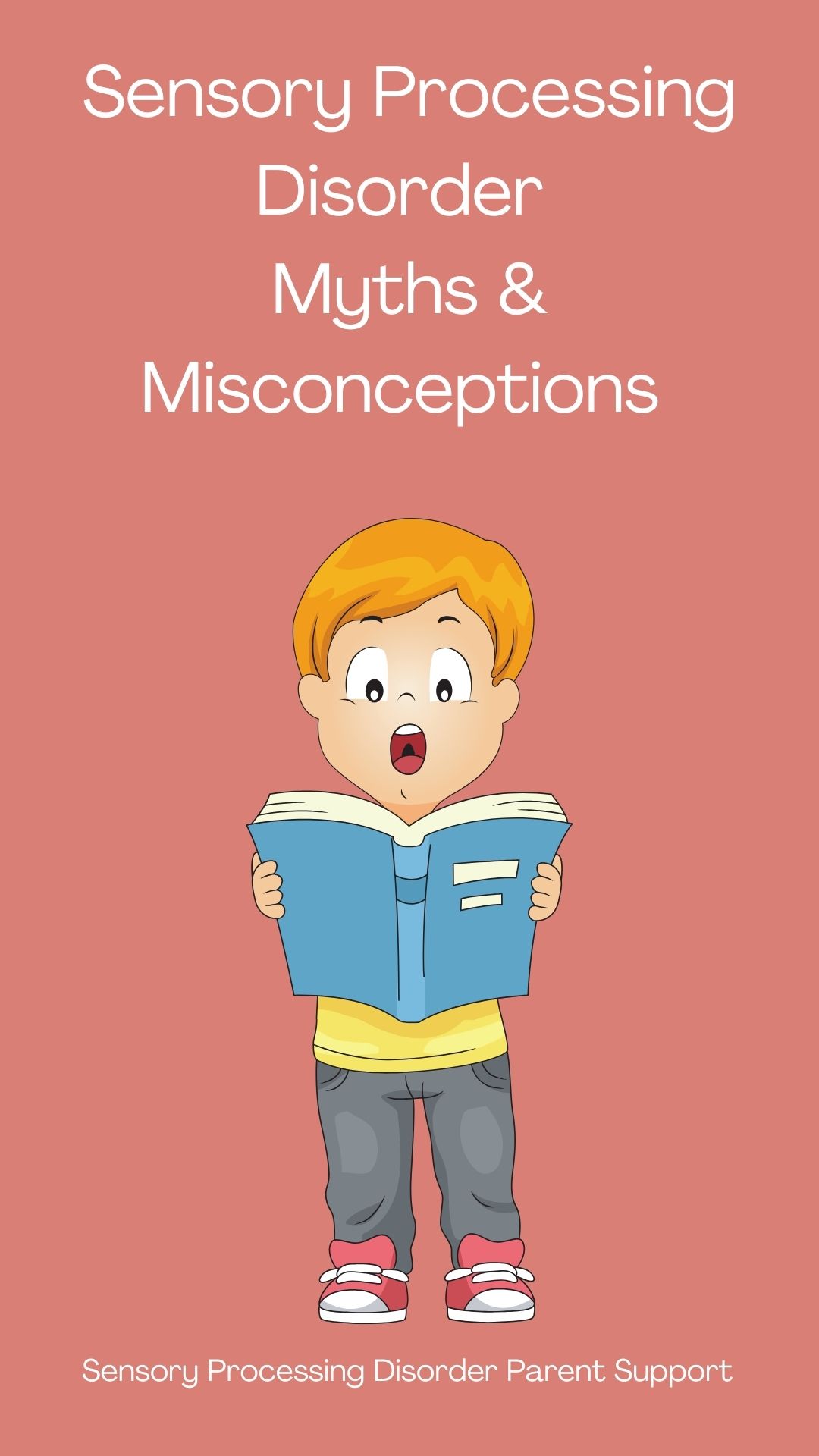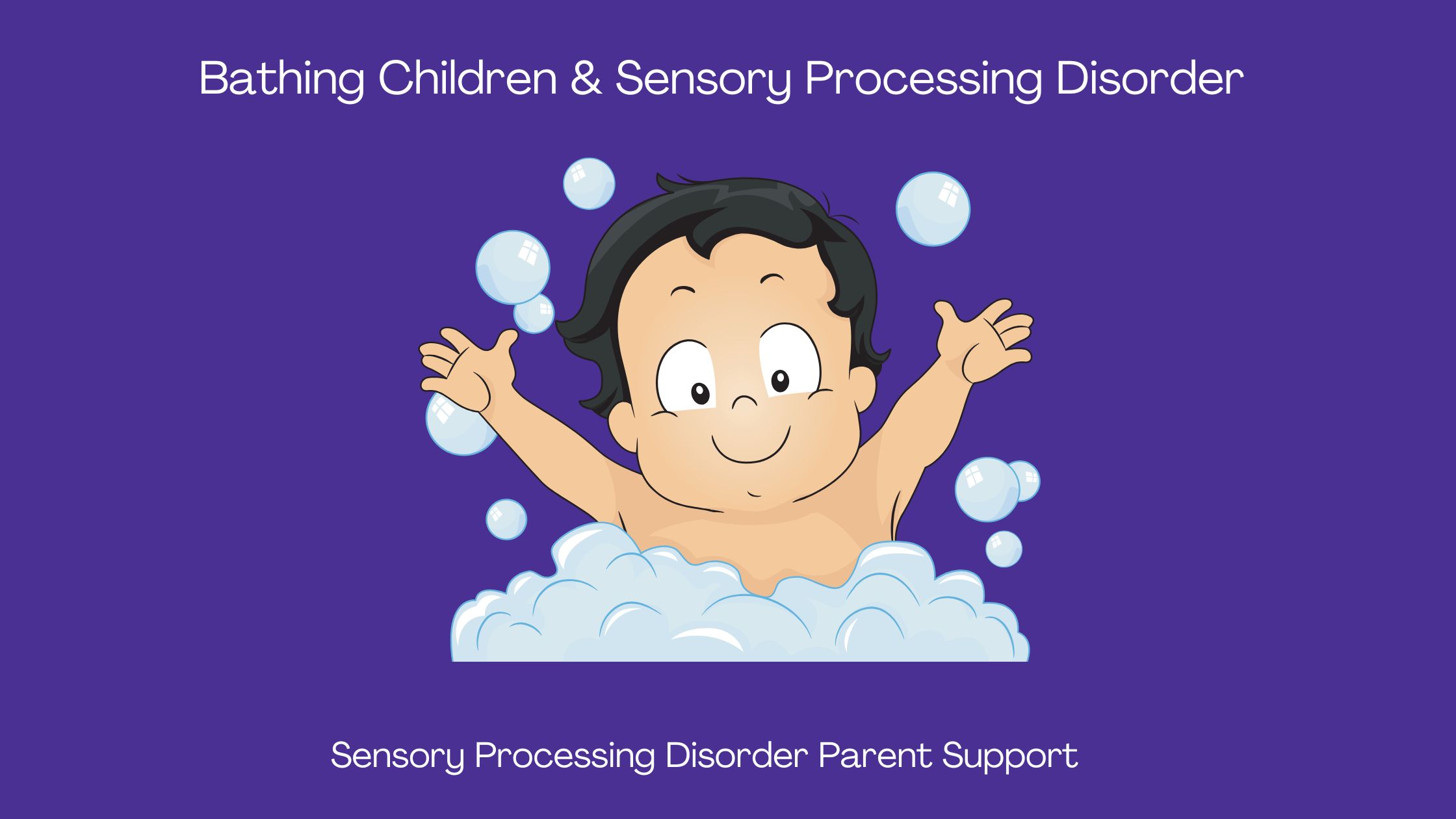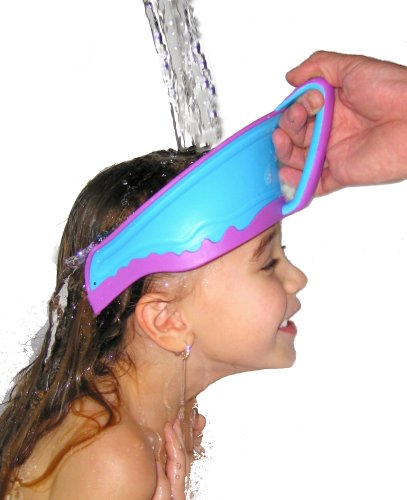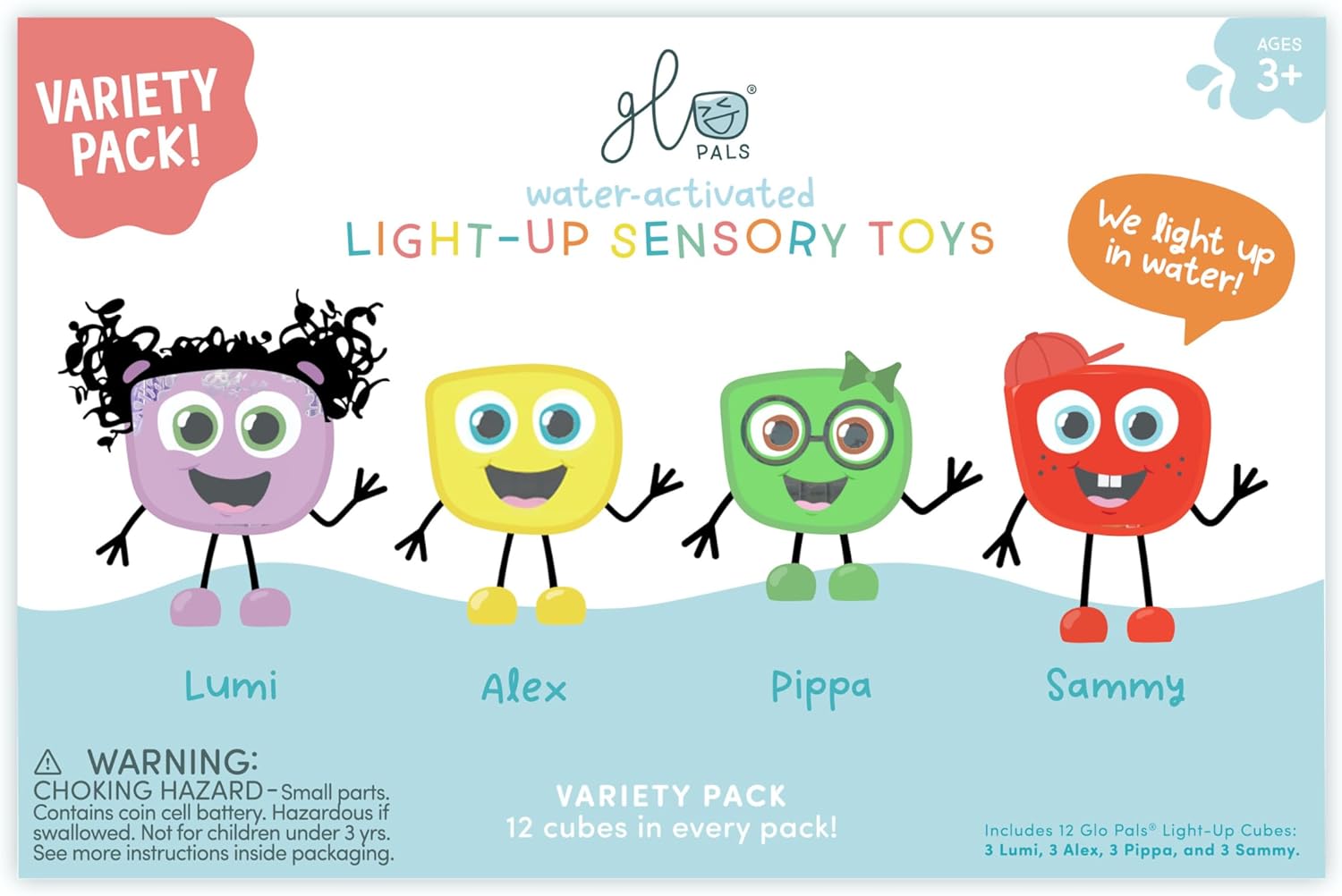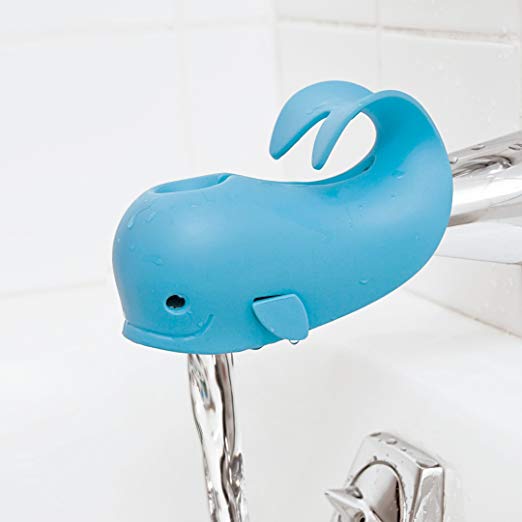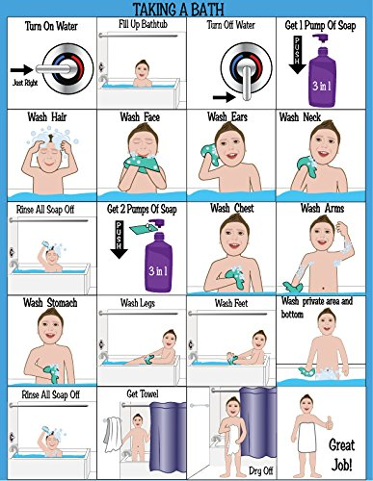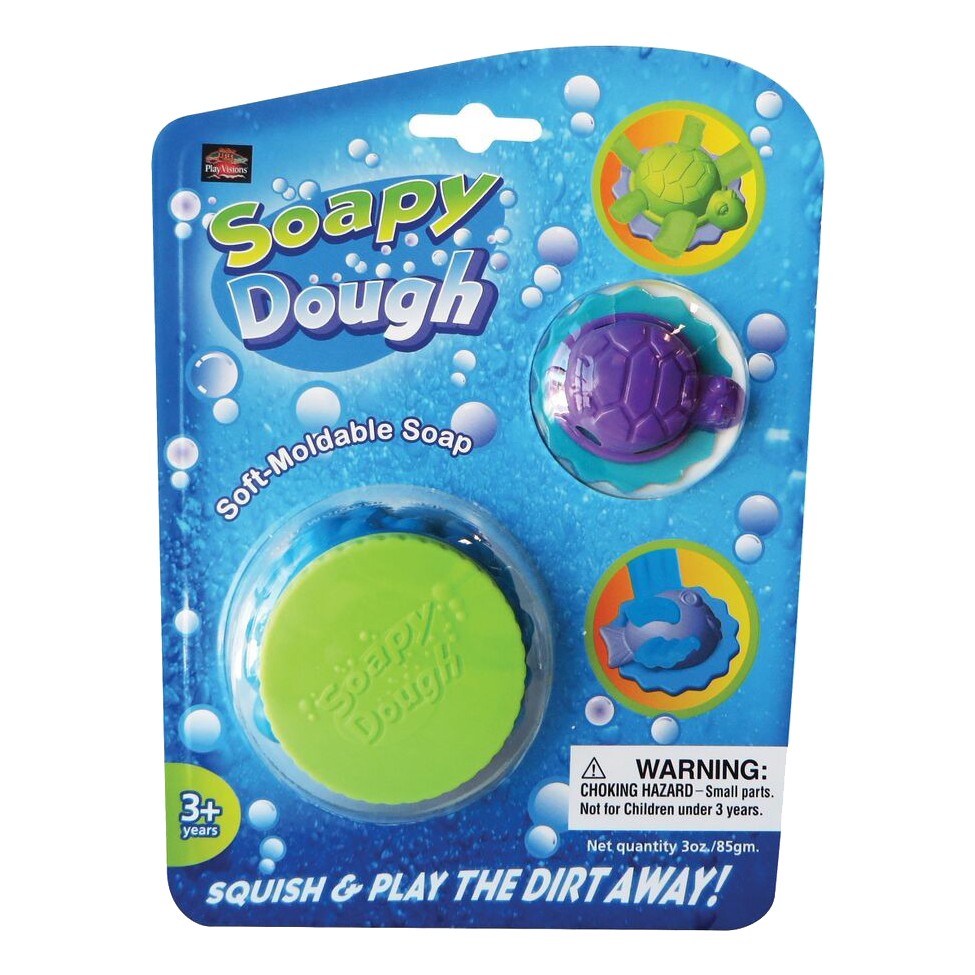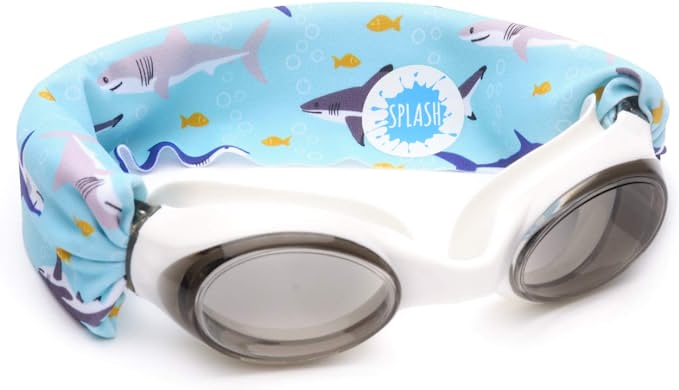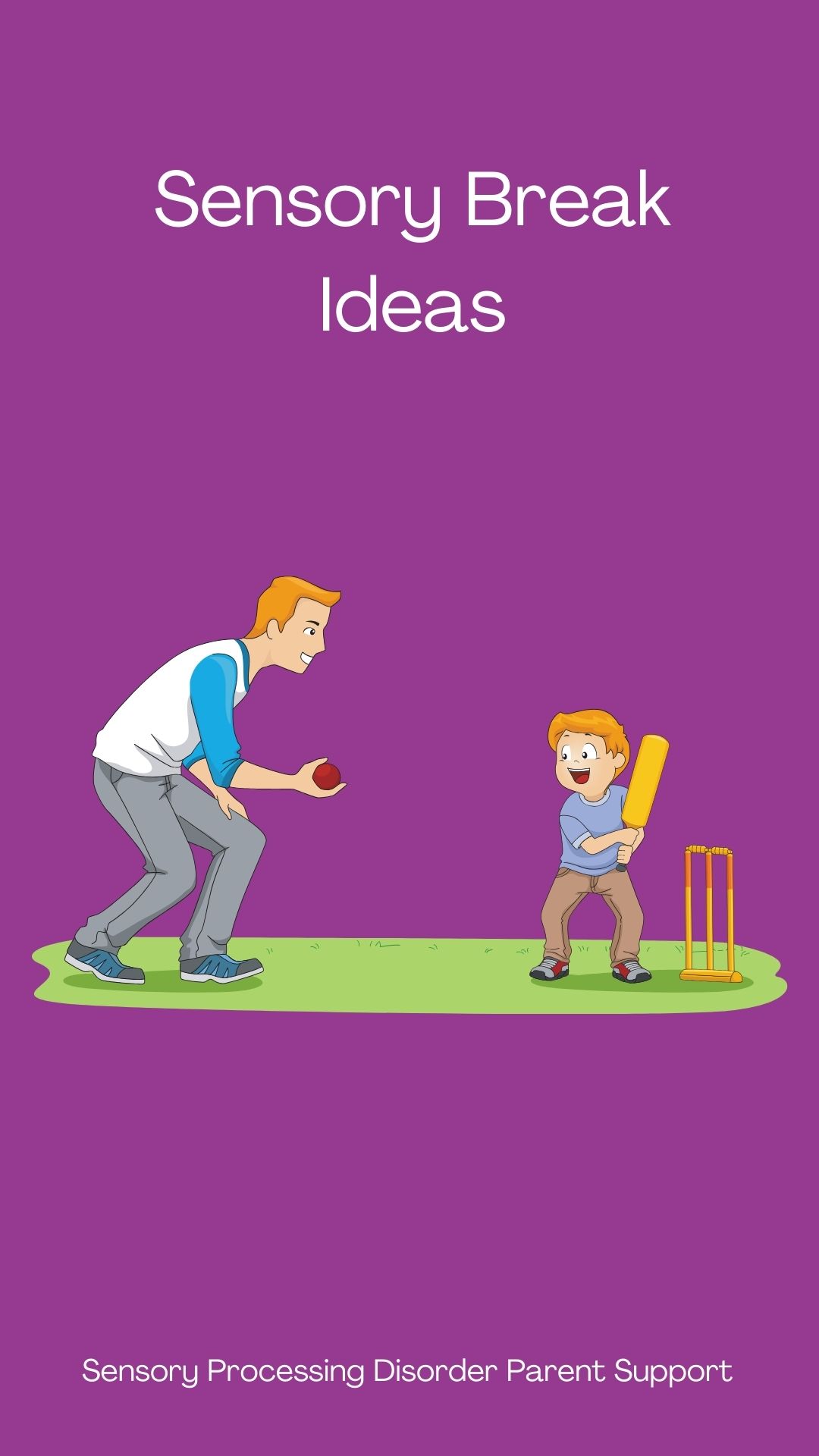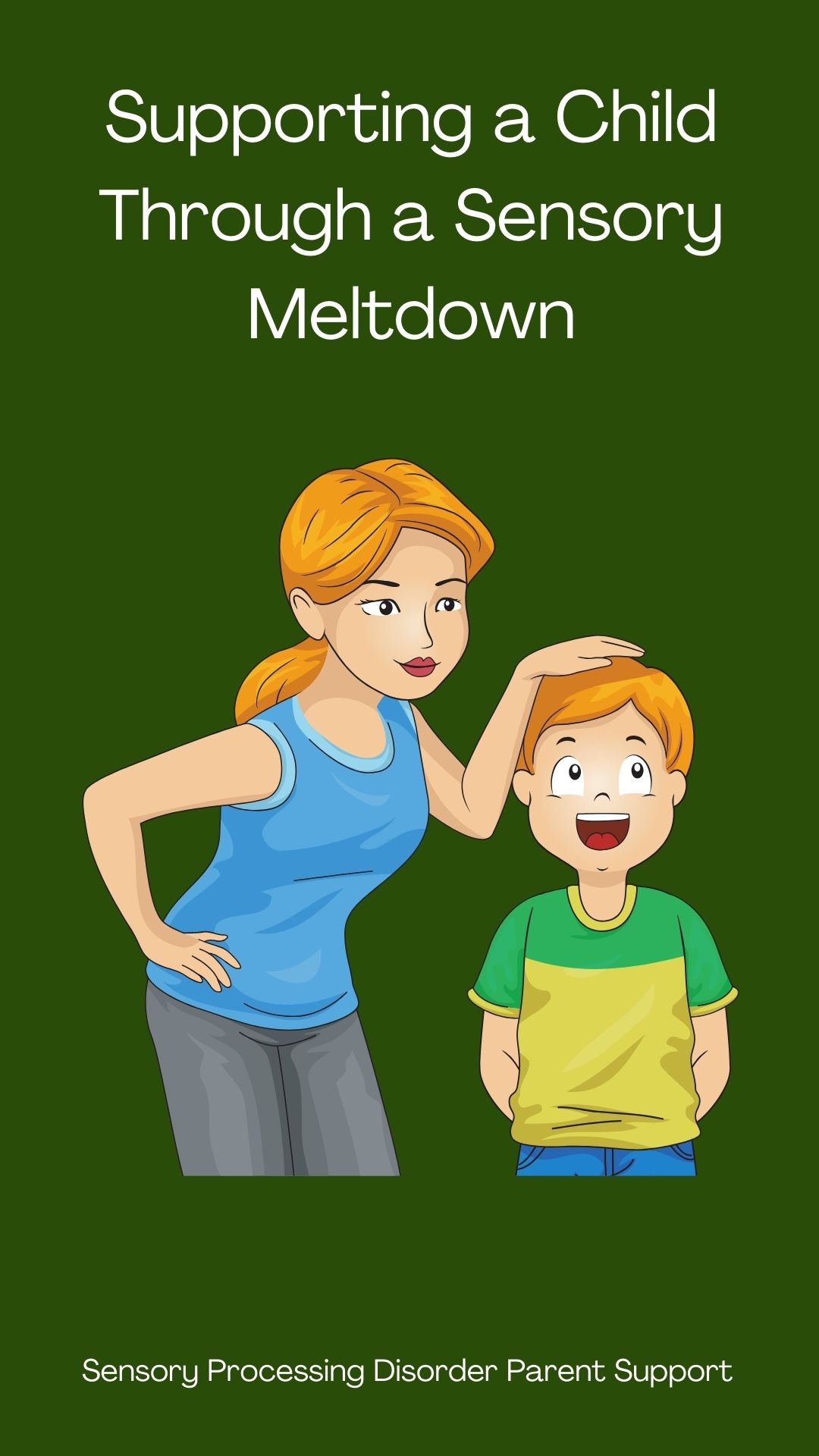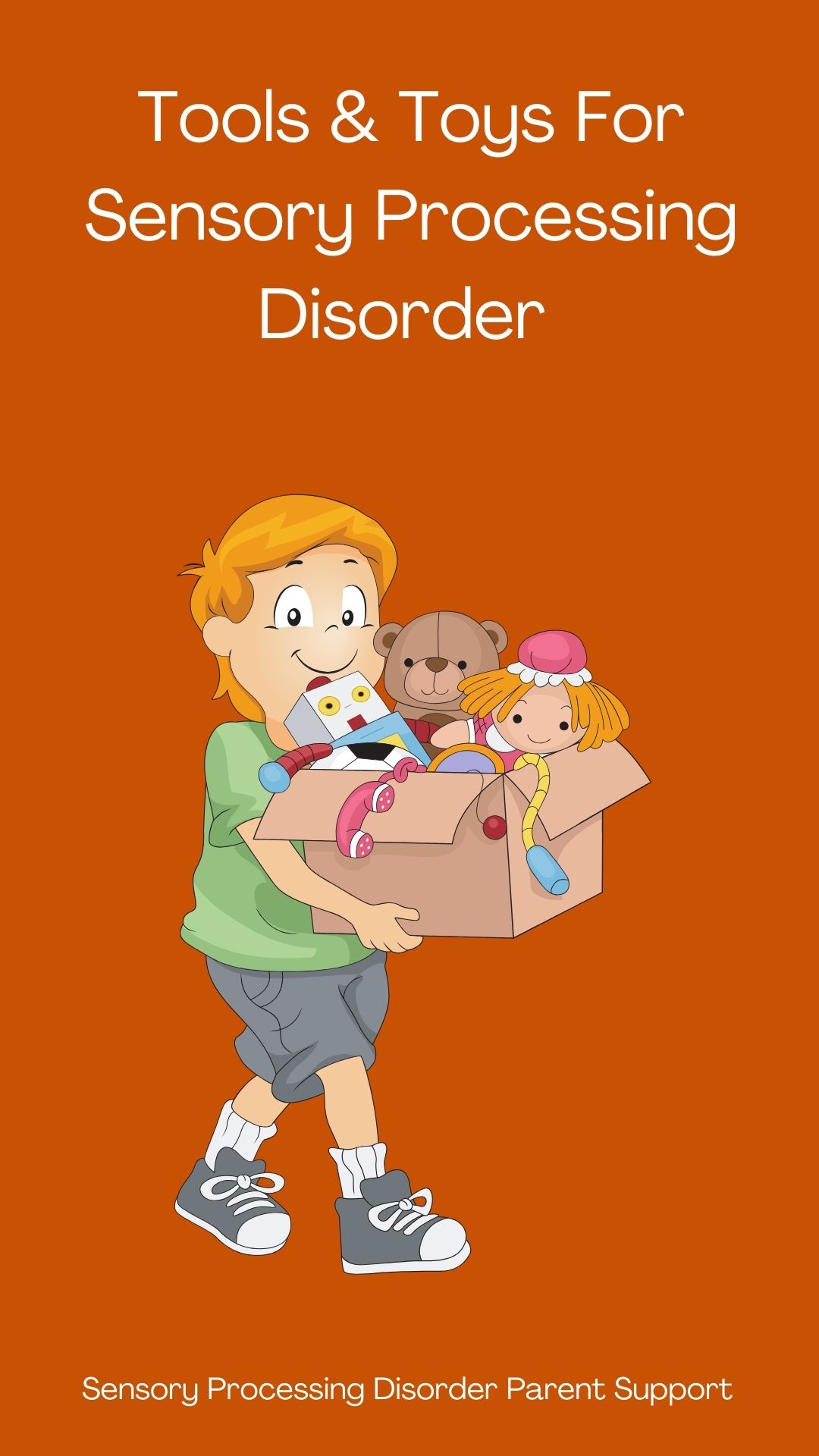Sometimes a child who has sensory processing disorder doesn't want to get in the bath because they don't want to get their face wet, wash their hair or they don't like the feel of different soaps on their skin. Some children prefer showers more than baths.
Sometimes, it takes one change in your child's bath routine to make it a lot better for both you and your child.
Some children may be afraid of falling or slipping. They may not like to touch the bottom of the bathtub because it is cold. Putting down a bathmat or a towel may help them feel more secure and less anxious. Some children could be fearful of banging into the faucet. You could try a faucet cover or add a safety handrail.
Some children with sensory processing disorder do not like getting water on their face. You could always try using a cup or a hair rinser when you are washing your child's hair to avoid getting water in their eyes or on their face.
Some children would prefer baths instead of showers or showers instead of baths. Give your child the option.
Once children have felt soap in their eyes, they don't forget how much it stings. There are a lot of different tear free shampoos for kids.
Shared bath times with your other children can be helpful. If they have a sibling this can ease the stress and anxiety of being in the bathtub alone. Pull up a stool and sit close by so they are feeling safer and secure.
Your child may prefer to be washed with a soft face cloth, puff, brush or sponge. Each child is different. You may find they enjoy one more than the other.
There are shower heads that change color. The colors and lights could be a great distraction for your child. Purchasing a new shower head could be helpful because some children who have Sensory Processing Disorder prefer a shower head with less water pressure because it can be very painful for a child to have a fast powered stream. Slower stream shower heads are quieter too for children with sound sensitivities.
A clean and organized bathtub with less distraction can mean everything to a child with Sensory Processing Disorder. Less is best. This will cut down on meltdowns and sensory overload. Too much clutter can be very difficult for our children.
Some children want to have more control over the water. Try a handheld shower head for your child. There are children's handheld shower heads available.
Involve your child in the bathing and cleaning process. Take turns putting soap on the puff or ask your child to pump the soap out. Give your child different brushes and cloths to use. Ask your child which soap they would like to use, or which bath towel feels the nicest.
Your child may prefer a different temperature because some children would rather warmer water while other children prefer cooler water. Run the bath ahead of time to avoid the loud noise of water running. Then, ask your child to touch the water to let you know if they are okay with that temperature.
Using bubble bath or bath crayons could entertain your child while you are washing them. Making bath time fun can ease their anxiety and be a great distraction.
Have you ever tried glow sticks in the bathtub while in the dark? That's a great sensory activity for kids. Light up bath toys can be so fun for kids too.
Dim the lighting in the bathroom or change the color bulb in a bathroom. This can be calming for children while they have a bath.
Bath time is a great opportunity to include some proprioceptive sensory input before, during and after their bath. Use pressure while scrubbing your child with different puffs or cloths with soap. Rub your child with their towel after their bath or give them a massage.
Bath time can be a really good time for sensory water play. Adding sensory bath toys or toys that are familiar can bring comfort to your child and will encourage your child to want to get in the bathtub.
Praise and encouragement go a long way. When you notice your child is having the any success, get excited for them and cheer them on.
Have you tried unscented shampoos? These can be great for children who are sensitive to smells. There are fragrance free kid's shampoos available. Sometimes it can take trying a few to find one that your child isn't sensitive to.
Goggles are a great bath tool for children who have Sensory Processing Disorder to keep the soap and water out of their eyes.
If your child is tactile sensitive, you may want to try a super soft towel. Many children prefer a heavier towel.
Scheduled times for bathing lets your child know when they can expect a bath. Visual schedules can be very helpful. Our kids thrive on routines. Knowing what is happening ahead of schedule reduces anxiety and stress.
Have you thought to try children's swim ear plugs? For some children they are a must for bath time to keep the water out of their ears or reduce the noise from water.
Try different times of day. Some children are calmer during different parts of the day or are less hyper and more willing. You know your child best and can figure out what time is best for you both. Bath time can overstimulate some children so earlier in the day would be best for them. Some children get very tired after a bath and bedtime would be a better time.
Visual timers are very helpful for bath time. Your child is able to count down the time they have left in the bath. Social stories are a great way to explain to your child about bathing and why it's important.
Fill your child's sensory diet before starting bath time. Sensory diet activities and heavy work activities will help them stay regulated and calm before attempting bath time. Your child's Occupational Therapist can assist you with what sensory diet activities would be best for your child at that time of the day.
Some days bath time just isn't going to happen and that's okay. Some days we have to choose our battles and wipe down our kids with baby wipes. It's okay to skip washing their hair on the tougher days.
Dry shampoo can be extremely helpful on those days. If it is one of those days, just let it go and try again tomorrow. What works for one child, won't work for another child. We often have to try several different things before we find what they can tolerate.
